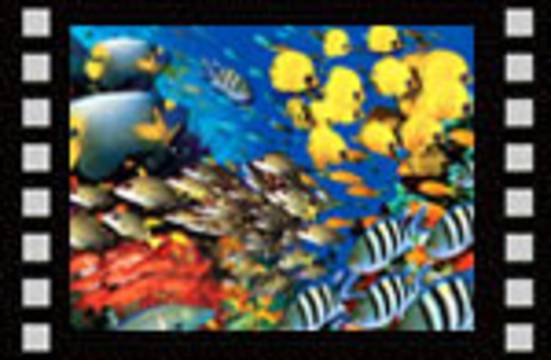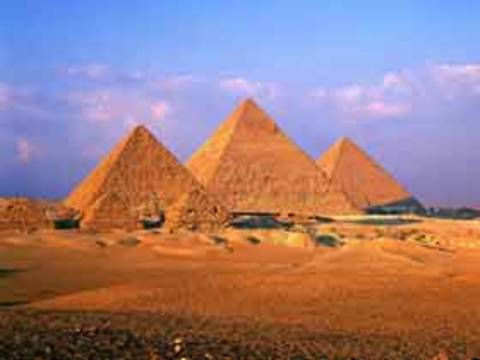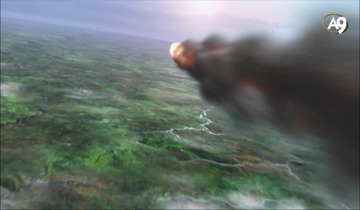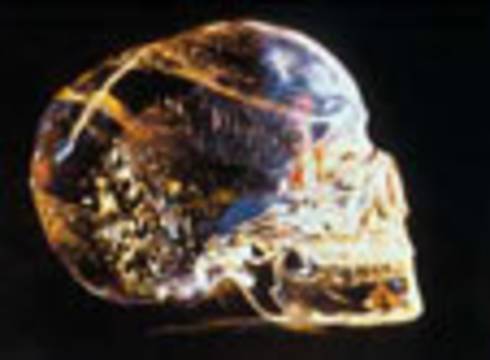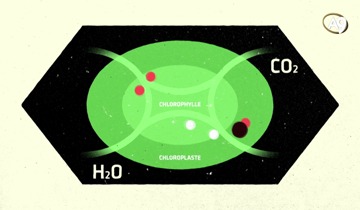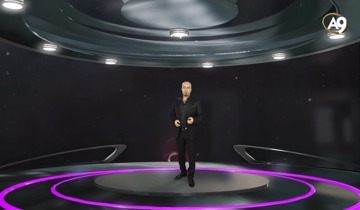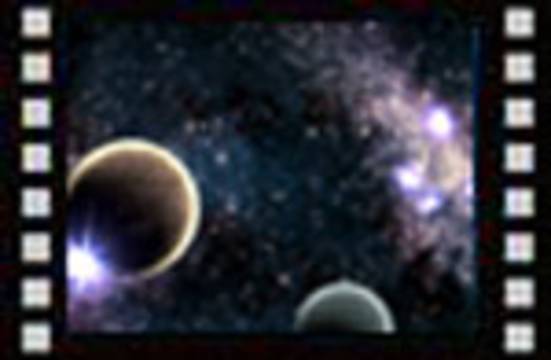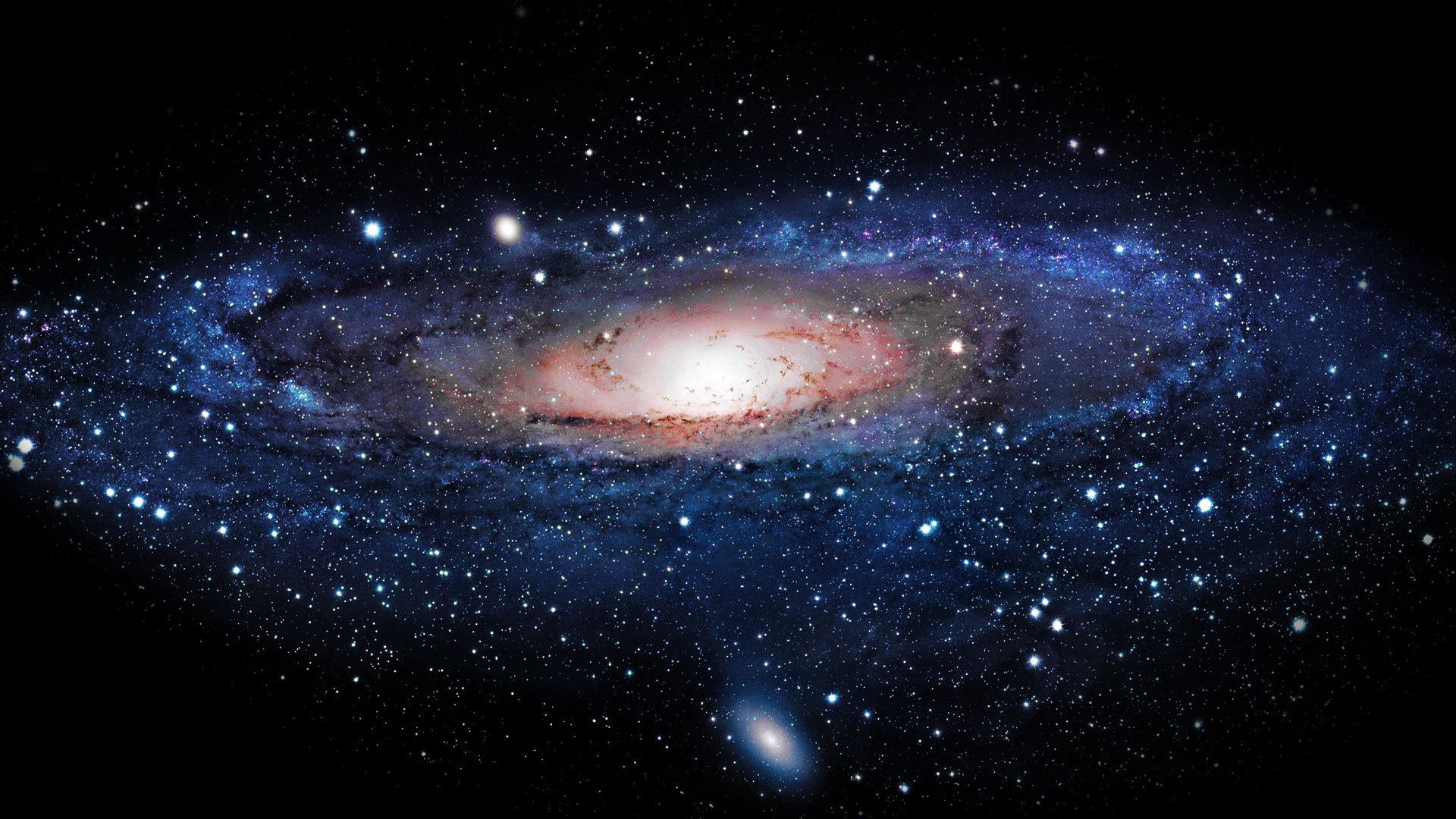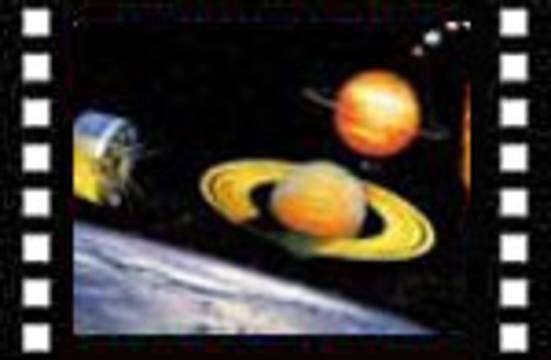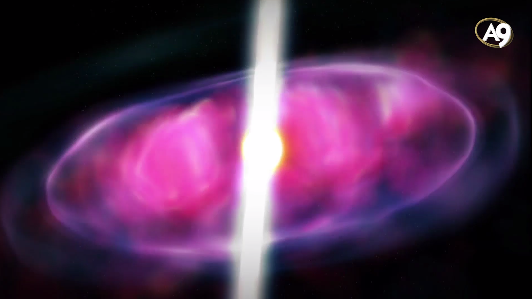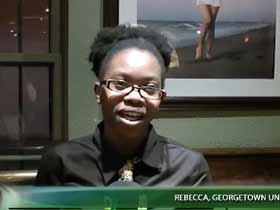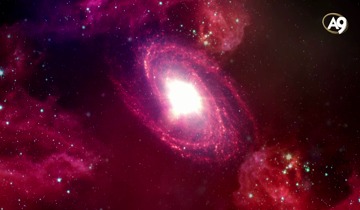The twinkling stars in the night sky…. We now know that some of these shining little dots are much bigger, hotter and more powerful than our own Sun…
Throughout human history, we have always been fascinated as to what is happening in the sky. For thousands of years, people have been curious about, researched and learned about space… In this documentary series, we will examine the amazingly vast magnitudes, and the incredible high-speeds that human intellect finds difficult to comprehend, the dynamism and delicate balances of the universe.
How finely God has created! It is impossible not to be full of awe when one gazes at this beauty in God’s artistry... By merely looking, one can see countless marvels: stars, the Moon, the Sun, the Milky Way, all are full of wonders...But the miracles of the universe are beyond what can be seen with the eye alone...
When we research, learn and examine these miracles, we appreciate God’s infinite power and artistry…
So in this program, we’ll be exploring the secrets of the universe by taking an exciting journey together.
Join us in ‘In Orbit Around Our Miracle Planet’ …
Our universe – galaxies – black holes – the Solar System... and, our beloved and safe planet Earth, far from the incredible speed and terrifying dangers of deep space…
Soil..
Water...
Air...
Life...
Where did all of these come from?
How did the boundless universe where we reside originate?
How did all of this amazing balance and perfect order come to pass?
How did this world that we live upon be such an ideal planet for us?
It is these questions that have fascinated us throughout history.
In the last 500 years, our knowledge of the universe has increased dramatically. The first to offer scientific data that the Earth orbits the Sun was Nicolaus Copernicus. Although his equations were not immediately accepted, based on the accurate records kept by Tycho Brahe, Johannes Kepler was later able to complete the theory.
Kepler first proved that the planets have an elliptical orbit around the Sun in 1609 and in the same year, Galileo Galilei invented the first refracting telescope.
When astronomers were able to view the universe through telescopes, a new age of astronomy began. Just over sixty years later, in 1668, Isaac Newton improved the telescope by substituting a mirror for a lens. This innovation greatly enhanced the resolution.
In the 20th Century, with the invention of the rocket, and the first artificial satellite launched into space with Sputnik 1 in 1957, we were free to explore space beyond the limits of the Earth, atmosphere and gravity. This development heralded a highly fruitful period in space exploration.
With the sending of the Hubble Telescope into space in 1990, it became possible for us to see, at first hundreds, and then thousands, of photographs from deep space.
We now have many devices to try and learn how the universe works...
Cassini, sent to observe Saturn and its satellites in 1997,
Curiosity, the robotic rover drilling and investigating Mars,
New Horizon, the first deep space vehicle to examine Pluto and its satellites that began operating in 2006,
Juno, sent by NASA to space in August 2011 to investigate Jupiter, and…
Gaia, which incorporates the latest technology to draw 3-dimensional maps of space, for us to unravel the history of the Milky Way galaxy...
... It is deep space probes such as these, as well as exploration probes and expensive giant telescopes located at suitable points around the world, along with many other technological means that allow us to research these wonders of the universe.
Scientists who examine space all reach the same conclusion. The most fundamental cosmic laws, the most critical physical values, from the finely tuned equilibriums to the macro calculations, all indicate the existence of a most minutely adjusted and sensitively balanced order...
We can see for ourselves how carefully constructed a living environment our Earth is. We are even more aware of how special our planet is when all the essential requirements for life have been laid out for us.
Now, let us look more closely at this delicate balance...




